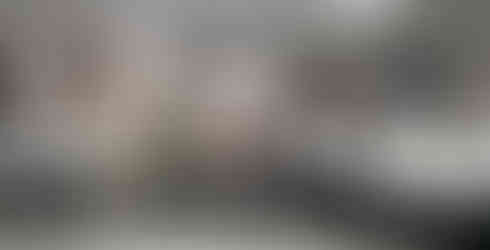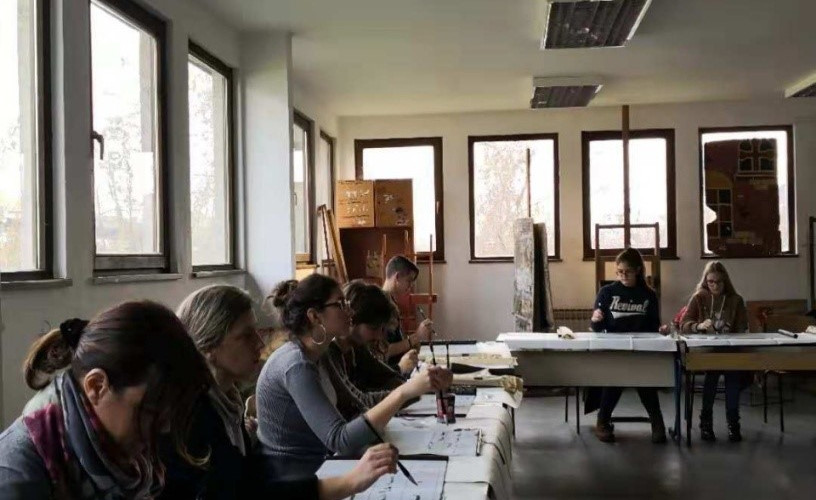In cooperation with the High School of Technology in Banja Luka, the Confucius Institute at the University of Banja Luka started with the course in Chinese Calligraphy and Traditional Chinese Painting for all the interested students of this school. The Chinese Calligraphy and Painting classes started in December 2018 and the students are pleased with the fact that they may learn the techniques of these highly valued forms of art from a Chinese professor and expert in this field. The classes are held once a week in the studio of the School of Technology.
Calligraphy is a visual art of Chinese writing It is thought to have been created about 4 000 years B.C.E. The earliest forms of calligraphy in ancient China were formed by carving signs into the horns of rams or shields of turtles, later on the pottery. It is estimated that the Chinese began to use writing brushes on hard surfaces between the 11th and 14th century.
From a very early period, Chinese calligraphy was viewed as the supreme visual art form. It ranked alongside poetry as a means of self-expression and cultivation. During its long history, it has developed into different forms and styles and has become an independent and unique art form of expression. Rice paper, brush, ink stone and ink pot are used in calligraphy.
Тhe technique of writing characters depend on the material. A typical brush used in calligraphy consists of a bundle of animal hairs (such as black rabbit hair, white goat hair, etc.) pushed inside a tube of bamboo or wood (or some other material). Brushes come in a wide variety of shapes and sizes that determine the type of line produced. What all such brushes have in common is their flexibility that allows the calligraphic line to be so fluid and expressive. The rice paper or other paper-like material does not allow for any change of lines.
As a viewer, you do not necessarily need to know how to read Chinese calligraphy in order to enjoy its lines.
Painting and calligraphy originated from the same source and are connected in many different ways. These two arts have a common foundation in terms of conception, composition, style. Painting has two basic elements - drawing and color. The drawing is the essence of Chinese traditional painting. With the development of painting, there are more and more colors, which get increasingly important.
Based on the tradition of calligraphy, Chinese painting has developed a distinct style that differs from Western painting. Chinese painting is all about ink and lines. What is interesting about Chinese painting is that every move with the brush is definite, meaning no changes can be made. Traditionally, Chinese painting is done on rice paper or thin silk, using a variety of brushes, Chinese ink and dye. It covers a variety of subjects: portrait, landscape, flowers, birds, animals, and insects.
Understanding Chinese painting means understanding the Chinese.




























Commentaires